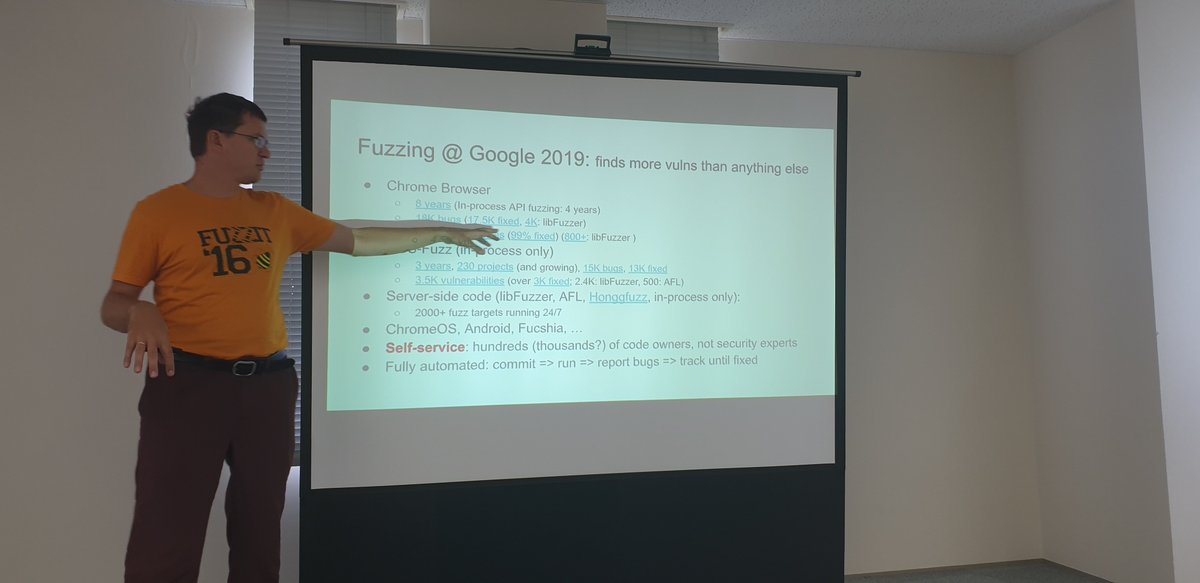
I asked #AcademicChatter about incentives & processes behind paper machines (i.e., researchers publishing top-venue papers at unusually high rates).
This is what I learned 🧵
TL;DR: Any incentive emerges from our community values. It is not "them" who needs to change. It is us.
This is what I learned 🧵
TL;DR: Any incentive emerges from our community values. It is not "them" who needs to change. It is us.

It was tremendously exciting to get so many perspectives from so many junior and senior researchers across different disciplines. This was only a random curiosity of mine but it seemed to hit a nerve. I loved the positive, constructive tone in the thread.
Let's get started.
2/12
Let's get started.
2/12
Some of you raised serious concerns about academic misconduct. However, to keep the discussion constructive, let's assume researcher integrity. We'll explore alternative explanations and processes below.
3/12
3/12
Everyone has their own aspirations and goals. Most of you focus on your own growth, try to make positive impact & benefit society. We should avoid metrics-induced pressure, stop glorifying paper machines. We'll not be remembered for doing well in a metric.
4/12
4/12
Why paper machines? We evaluate academic performance based on things we can count (h-index) while research significance is clearly uncountable. Papers become products, an end-in-itself, not a means. Our focus on metrics stalls scientific progress.
5/12
en.wikipedia.org/wiki/Goodhart%…
5/12
en.wikipedia.org/wiki/Goodhart%…
Whichever incentives there are, they emerge from our own community values.
All of us are #Reviewer2.
On grant proposals. On recruitment and promotion committees. When inducting fellows into societies. When granting awards.
6/12
All of us are #Reviewer2.
On grant proposals. On recruitment and promotion committees. When inducting fellows into societies. When granting awards.
6/12
If you find this focus on metrics awful, write recommendation letters and assessor reports with a *qualitative* assessment of research significance. When you serve on recruiting, promotion, or grant committees, read the candidate's papers and evaluate the contents carefully.
7/12
7/12
In terms of processes, the most cited enabler of paper machines was a large network or a deep hierarchy. Indeed, the profile we discussed had 250+ co-authors only 6 years Post-PhD. An open question is: How do well-networked individuals handle reviewing conflicts?
8/12
8/12
In a network, the researcher could be member in several working groups or an association of collaborators. Or, the researcher might work in a big consortium where authors from different institutions need to exist on every paper to represent the consortium (e.g., CERN).
8.1/12
8.1/12
In a hierarchy, the researcher is in a position of power. This could be a professor managing a large group of PostDocs and PhD students who actually do the work. Or this could be someone holding a lot of funding, like the Principal Investigator in a large project.
8.2/12
8.2/12
The researcher might work in an area with a higher maximum reasonable publication rate. Some research topics are just better suited than others for rapid publication (e.g, when an abundance of data is efficiently accessible, or an existing tool gives competitive advantage).
9/12
9/12
The researcher might choose to artificially inflate the quantity of publications using salami slicing, where a meaningful paper is split into several "least-publishable units". en.wikipedia.org/wiki/Least_pub…
10/12
10/12
The researcher might be extremely obsessed with research and publishing, and simply work much harder and longer than anyone else. This could make them better writers, which increases the probability to get their paper accepted.
11/12
11/12
Finally, imo, we should not police each other and decide what is a reasonable publication rate (not too much & not to little). Instead, we should facilitate, support, and enable each other to become better researchers. Here is Parnas '07 Call to Action:
Stop the numbers game!
Stop the numbers game!
• • •
Missing some Tweet in this thread? You can try to
force a refresh






